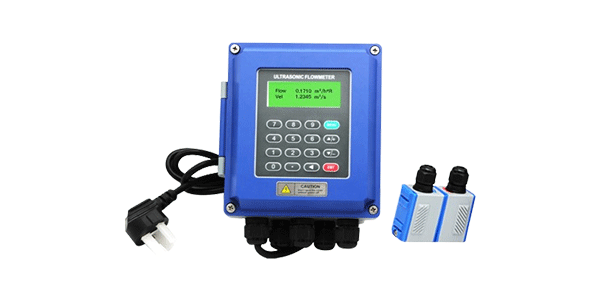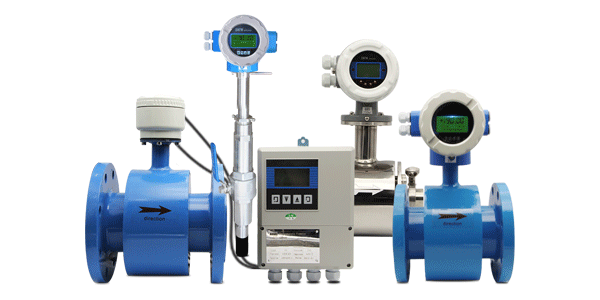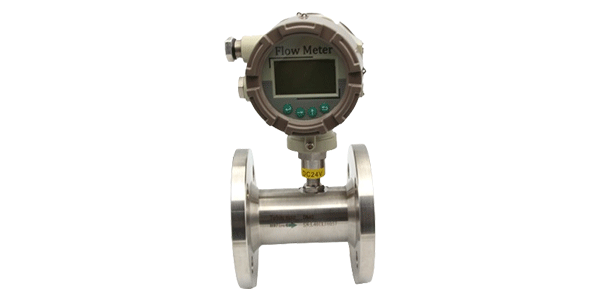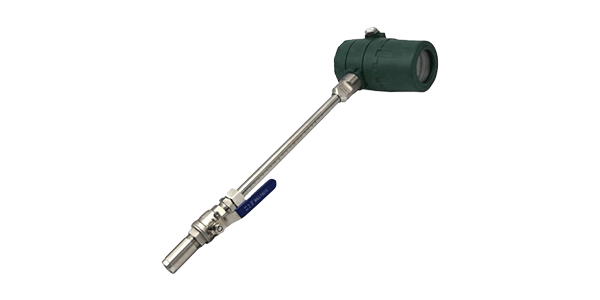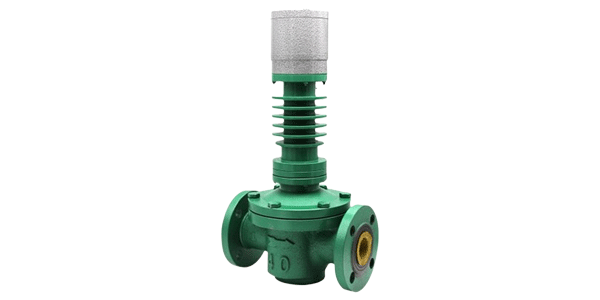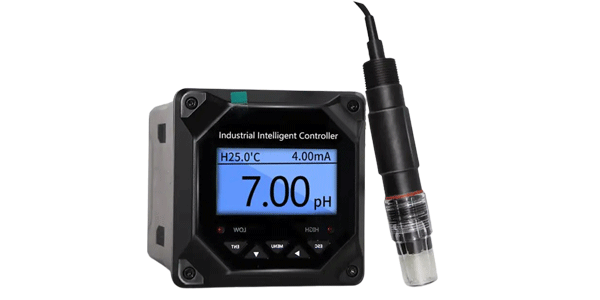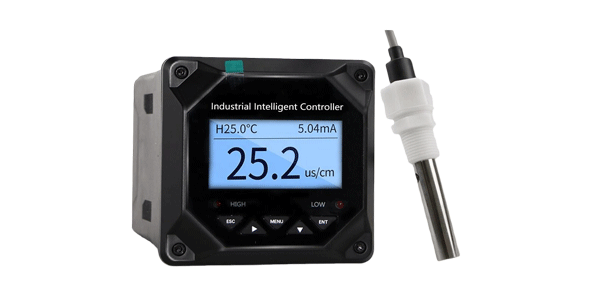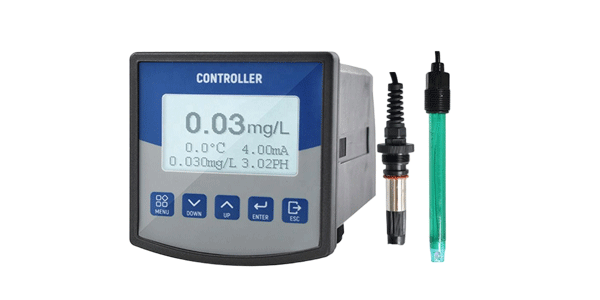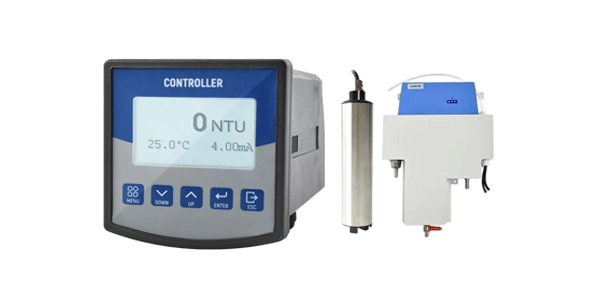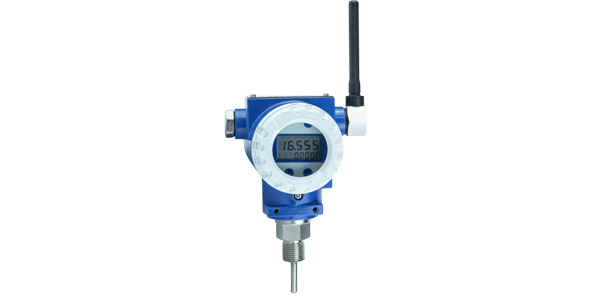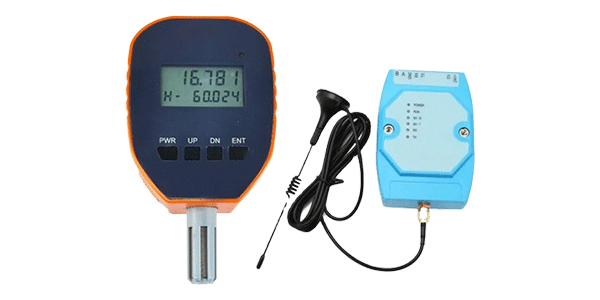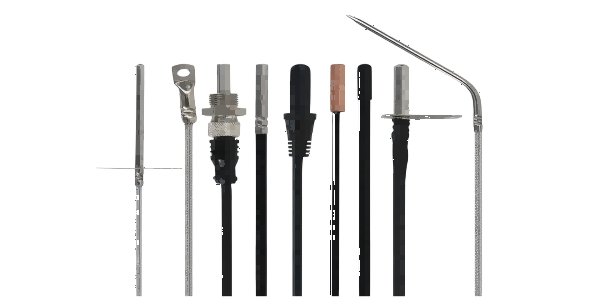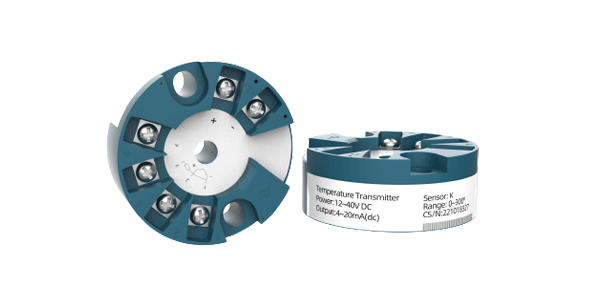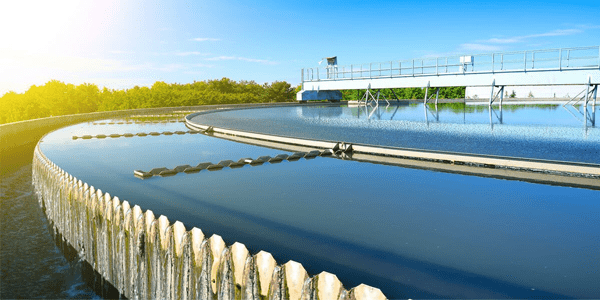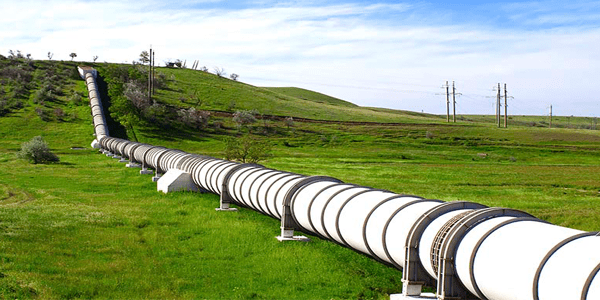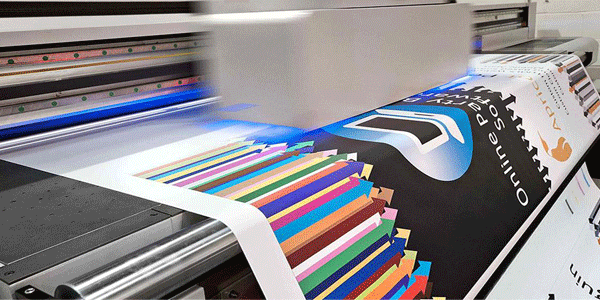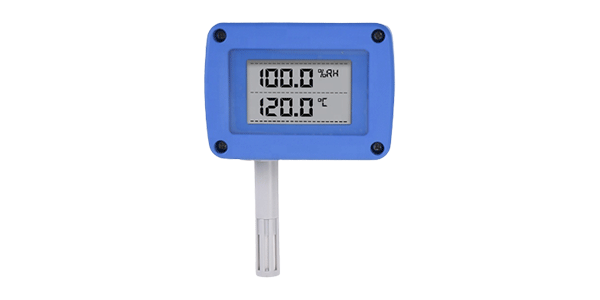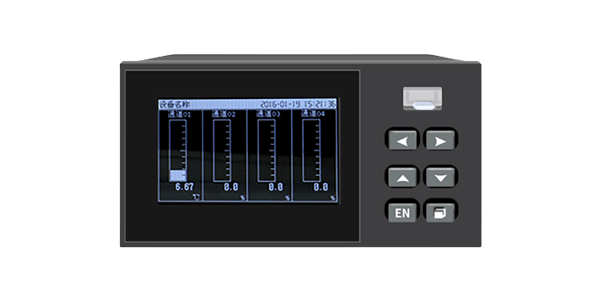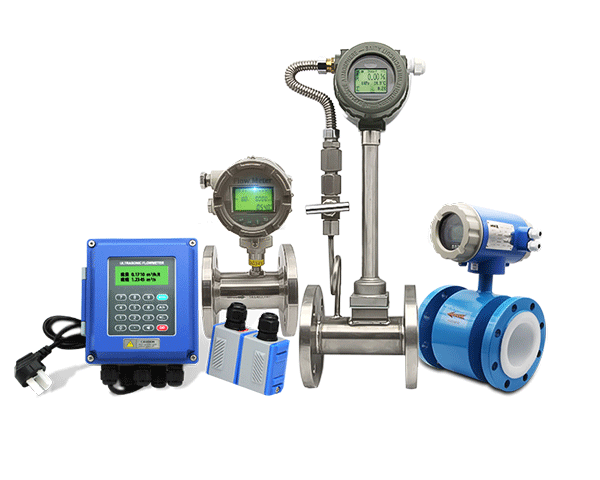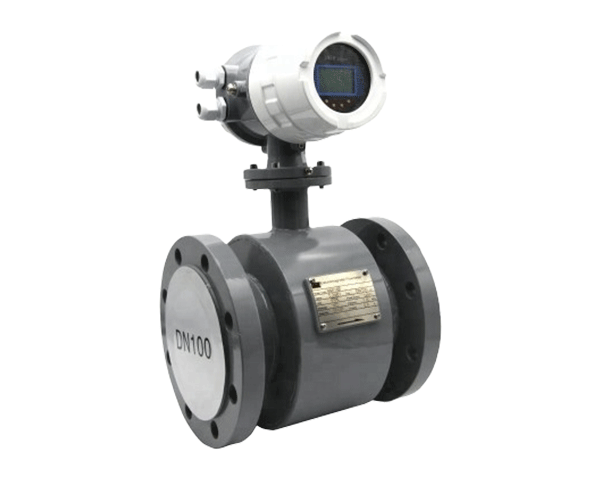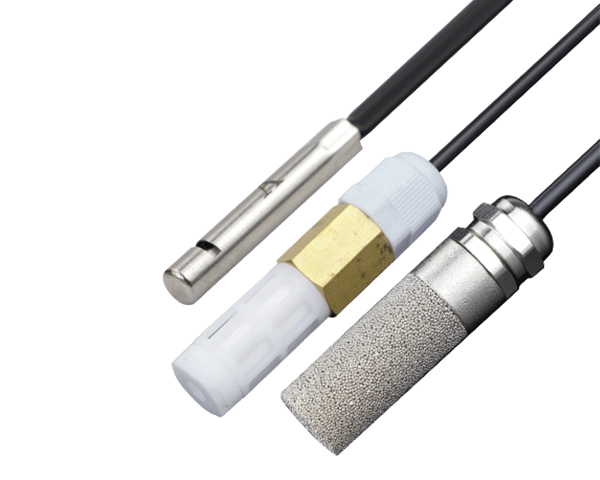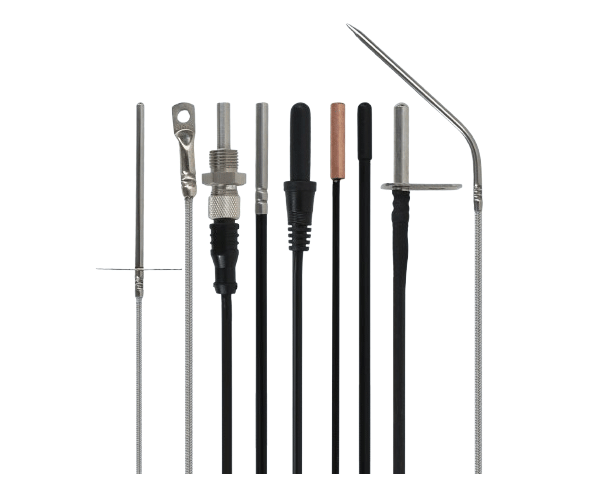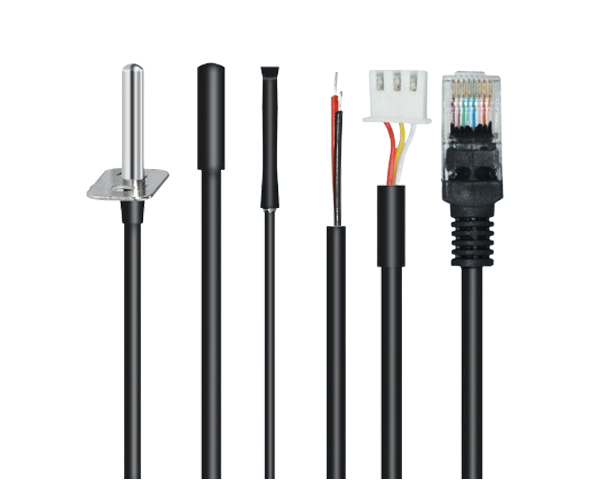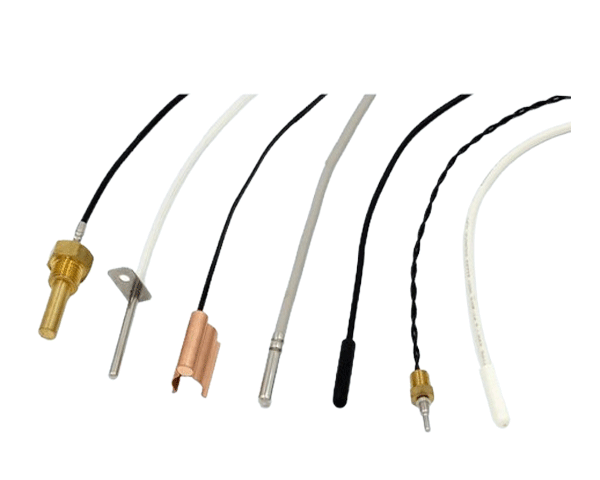Struggling to choose between an electromagnetic flow meter and a vortex flow meter for your application? This comprehensive guide will help you understand the key differences, advantages, and limitations of each technology. By the end of this article, you'll be able to make an informed decision based on fluid properties, process requirements, and operational conditions.
Understanding the Fundamental Operating Principles
How Electromagnetic Flow Meters Work?
Electromagnetic flow meters (mag meters) operate on Faraday's Law of Electromagnetic Induction. When a conductive fluid flows through a magnetic field generated by the flow meter, it induces a voltage proportional to the flow velocity. This voltage is detected by electrodes and converted into a flow rate measurement.
How Vortex Flow Meters Work?
Vortex flow meters utilize the von Kármán effect. When fluid flows past a bluff body (shedder bar) placed in the flow stream, it creates alternating vortices on either side. The frequency of these vortex formations is directly proportional to the flow velocity, which is detected by sensors within the meter.
Key Comparison Factors: Electromagnetic vs Vortex Flow Meters
Fluid Compatibility and Applications
Electromagnetic flow meters excel with conductive liquids including water, wastewater, slurries, and corrosive chemicals. They're ideal for water treatment applications and aggressive process fluids.
Vortex flow meters work with liquids, gases, and steam, making them versatile for HVAC, compressed air, and industrial steam systems.
Accuracy and Performance Specifications
Electromagnetic flow meters typically offer ±0.5% of rate accuracy, while vortex flow meters generally provide ±1.0% of rate accuracy. For precision measurement in critical flow applications, electromagnetic meters often have the advantage.
Installation Requirements and Constraints
Both technologies require sufficient straight pipe runs upstream and downstream for accurate measurement. Electromagnetic flow meters need full pipes, while vortex meters can handle some vapor presence in liquid applications.
Decision Matrix: When to Choose Which Technology
Choose Electromagnetic Flow Meters When:
-
Measuring conductive liquids (conductivity >5 μS/cm)
-
Handling abrasive slurries or corrosive fluids
-
Requiring high accuracy for custody transfer
-
Minimal pressure drop is critical
-
Applications in water/wastewater treatment
Choose Vortex Flow Meters When:
-
Measuring steam, gas, or low-conductivity liquids
-
Budget constraints are significant
-
Process media is clean and non-coating
-
Wide temperature and pressure ranges needed
-
General industrial process applications
Industry-Specific Recommendations
Water and Wastewater Treatment
For water quality monitoring and wastewater measurement, electromagnetic flow meters are typically preferred due to their ability to handle dirty fluids and provide reliable measurement with minimal maintenance.
Chemical Processing
Both technologies find applications, with electromagnetic meters suited for conductive chemicals and vortex meters appropriate for organic solvents and non-conductive process fluids.
HVAC and Building Services
Vortex flow meters are commonly used for chilled water, hot water, and compressed air systems due to their cost-effectiveness and compatibility with both liquids and gases.
FAQs: Electromagnetic vs Vortex Flow Meters
Can electromagnetic flow meters measure non-conductive fluids?
No, electromagnetic flow meters require fluids with minimum conductivity (typically >5 μS/cm) to generate a measurable signal.
Which flow meter is better for steam applications?
Vortex flow meters are generally preferred for steam measurement due to their robustness, temperature tolerance, and reliability in saturated and superheated steam applications.
How do I determine if my fluid is sufficiently conductive?
Most water-based fluids including potable water, wastewater, and many chemicals have sufficient conductivity. For questionable fluids, consult with our technical support team for conductivity testing recommendations.
Which technology requires less maintenance?
Both are relatively low maintenance, but electromagnetic flow meters have no moving parts and are less susceptible to wear from abrasive fluids.
Can vortex flow meters handle viscous liquids?
Vortex meters have limitations with high-viscosity fluids (typically >8 cP), as viscosity affects vortex formation. Electromagnetic meters perform better with viscous conductive fluids.
Sources and References
This article incorporates technical information from ISO 20456:2017 (Measurement of fluid flow in closed conduits), International Society of Automation (ISA) standards, and manufacturer application guidelines from leading flow measurement instrumentation providers.
Need Help Selecting the Right Flow Meter?
Our application engineers have extensive experience matching flow measurement technologies to specific process requirements. Get personalized recommendations for your application.
Get Solution
Recommended Products
High-accuracy mag meters for water, wastewater, and conductive chemical applications with advanced diagnostics.
Versatile vortex meters for steam, gas, and liquid applications with wide temperature and pressure ranges.
Integrated solutions including flow meters, transmitters, and monitoring software for comprehensive process control.
Explore our complete range of flow measurement products or contact our technical team for application-specific guidance on selecting between electromagnetic and vortex flow technologies.
HOT keyword:
